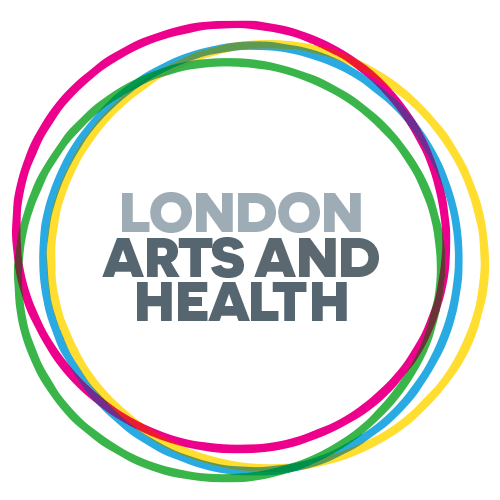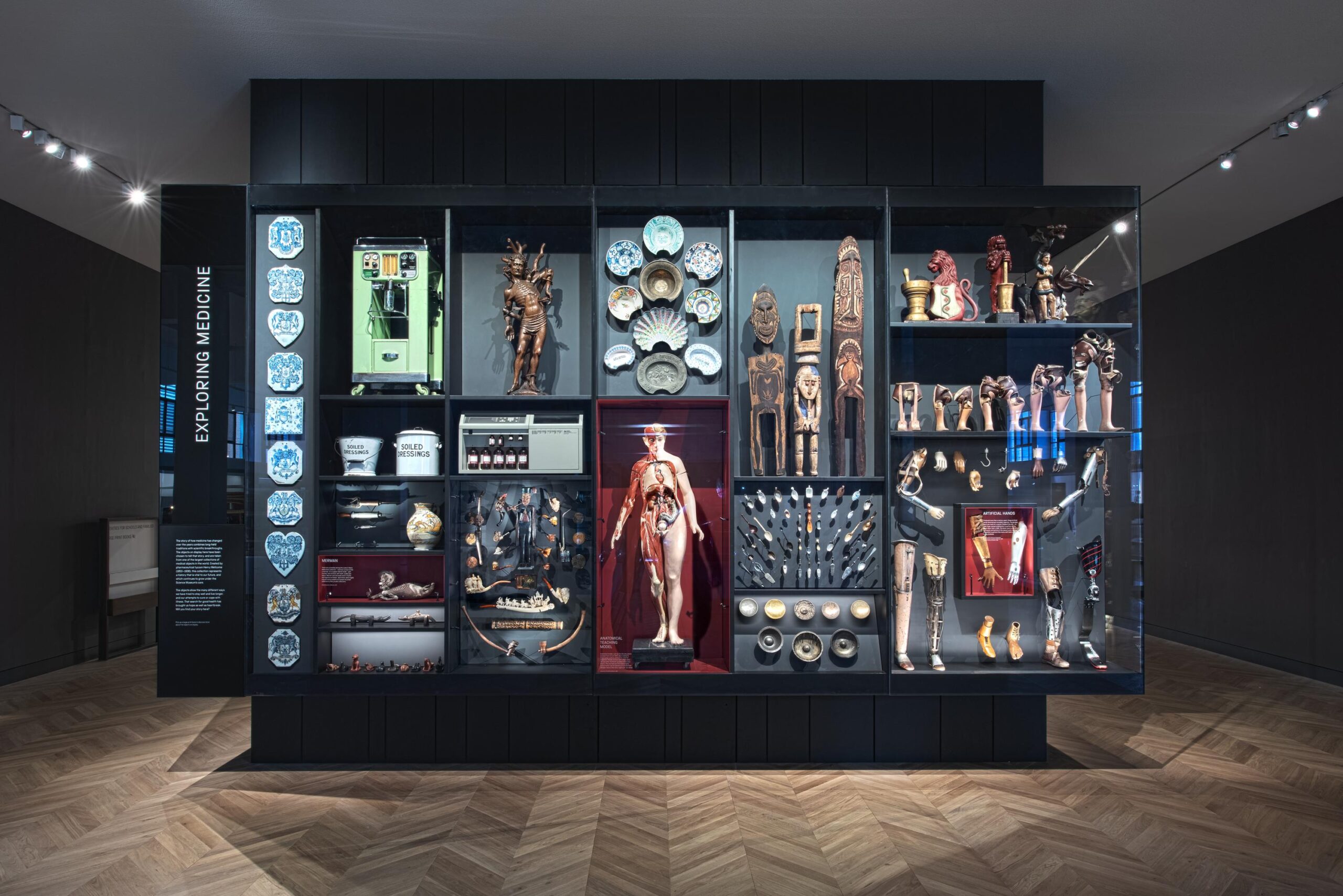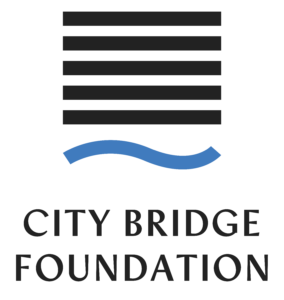Interveiw by Zara Mahmood LAH
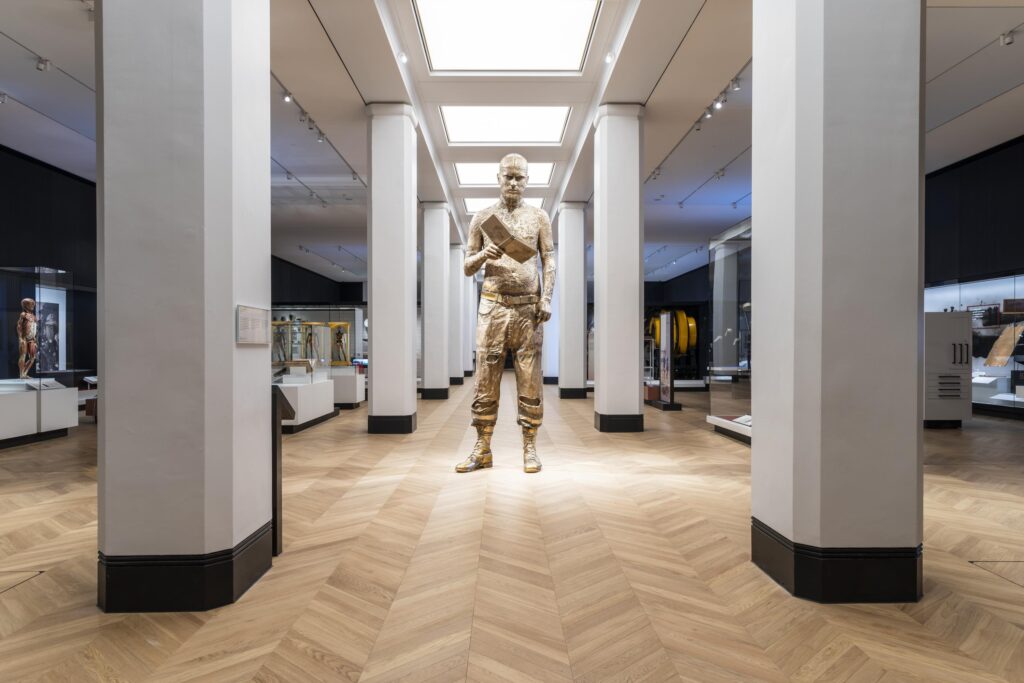
Natasha McEnroe, Keeper of Medicine at the Science Museum
- What was the purpose of the theme being medicine for this gallery?
We all have our own history of medicine. From birth and broken bones in our adventurous youth to routine trips to the dentist, doctor and optician, visits to loved ones in hospital and experiences of loss. We are deeply invested in our own health
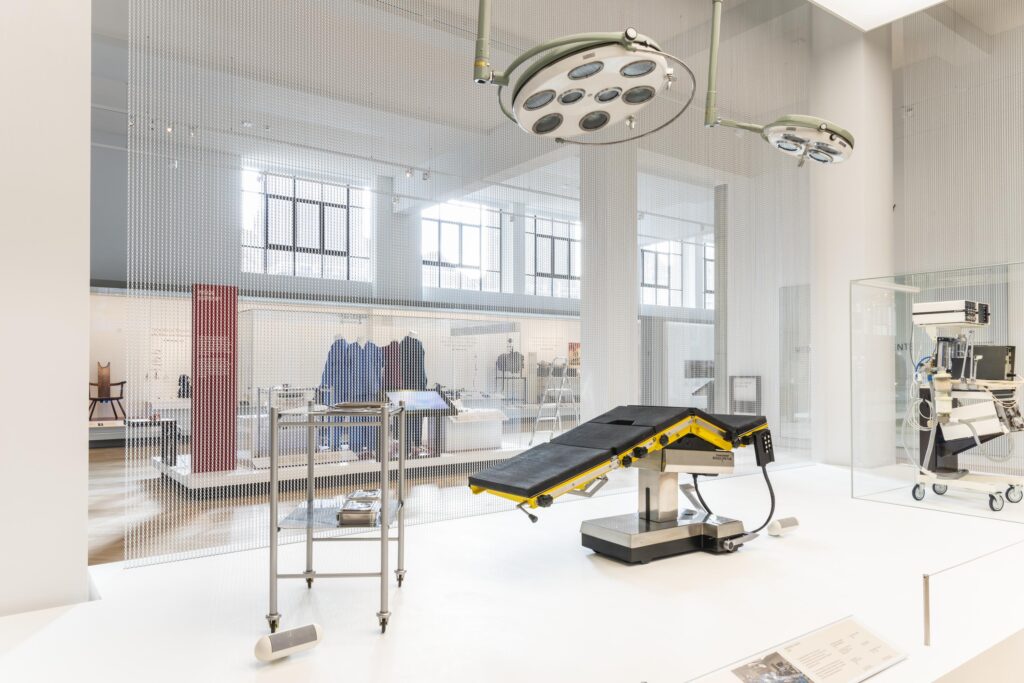
and that of friends and family. Over 3 million visitors a year, each with their own personal experiences of medicine, can now uncover remarkable stories about our health in the world’s largest medical galleries.
These five vast and visually stunning new galleries are at the very heart of the Science Museum. They complete phase one of our ambitious Masterplan project which has transformed more than half of the museum since 2010, creating aesthetically and intellectually stimulating new spaces for our visitors. Covering more than 3000m2 – an entire museum within a museum – the scale and ambition of the Medicine: The Wellcome Galleries is unprecedented.
The galleries opened in November 2019, before closing 4 months later due to the COVID-19 pandemic, within the galleries we now have a small display containing objects that relate to the pandemic, part of a wider Collecting Project being run by the museum to capture objects that speak to the experience of living through a pandemic for future generations.
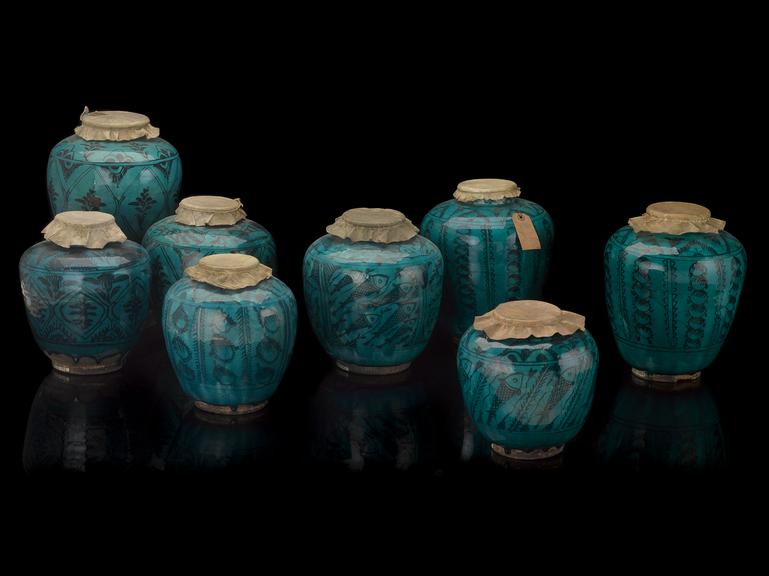
- What do you hope people will take from the galleries?
I hope they will be awe-inspired by the incredible objects and stories on display. Visitors can see over three thousand medical artefacts from the extraordinary collections of Henry Wellcome and the Science Museum Group, including ground-breaking objects from the history of medicine. Visitors get to see two hundred year old wax anatomical models, the very first stethoscope, lancets used by Edward Jenner in his smallpox vaccinations, medicine chests used on expeditions to Mount Everest and Antarctica, an intricate model of a 1930s hospital, a rare iron lung used by patients with polio and the world’s first MRI scanner, protein m
odel and paramedic bicycle. Within the galleries, visitors can also step inside a real Victorian pharmacy, brought to life through an immersive digital experience, discover what it takes to perform heart transplant surgery and treat a critically ill patient in an interactive game.
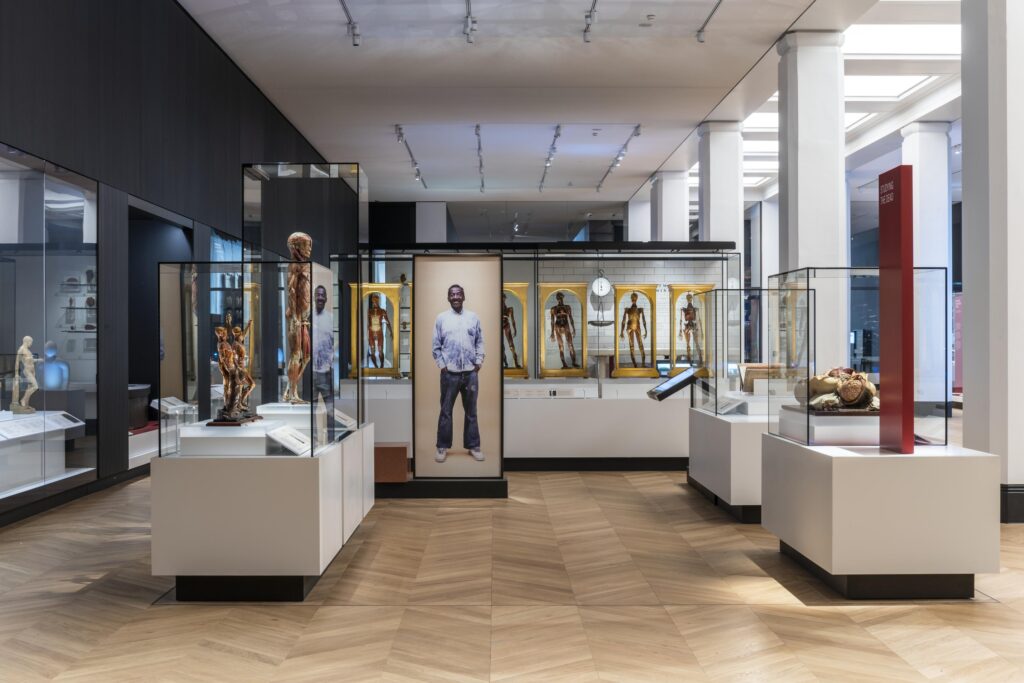
- Why was the ‘Self-Conscious Gene’ chosen to be a part of this gallery? Why was Rick Genest chosen to be sculpted?
Self-Conscious Gene has been designed by sculptor Marc Quinn, one of the leading artists of his generation. Marc’s sculptures, paintings and drawings explore the relationships between art and science, man and nature, and the human body and the perception of beauty. He was inspired to create the sculpture of Rick after becoming aware of his personal experiences of health and illness.
After having been diagnosed with a brain tumour at 15, Rick became fascinated with anatomy and how the human body changes with sickness. Rick began covering himself with tattoos of his complete skeleton – many are by tattoo artist Frank Lewis – and interwoven amongst each other they become an entire surface anatomy etched into the bronze sculpture.
The work depicts Rick holding a medical anatomy book, evoking the illustrated publications displayed throughout this gallery. Combining this medical imagery with Rick’s street-art tattoos, Marc illustrates how academic and popular culture combine to sh
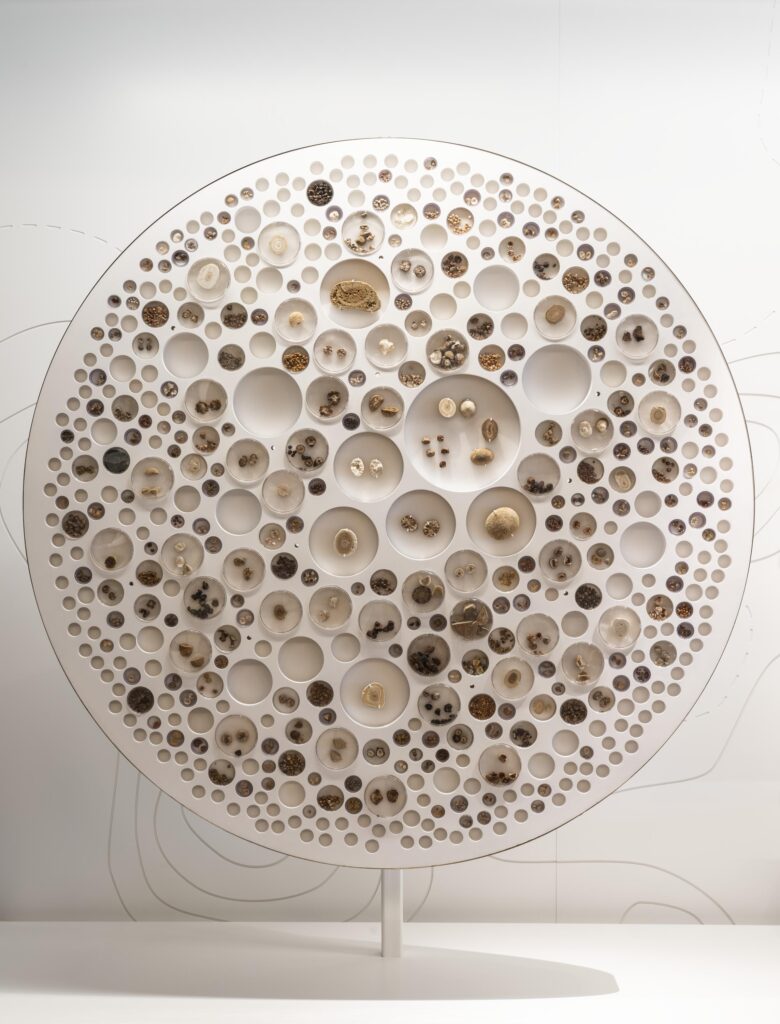
‘I think to have this sculpture of Rick at the museum is a perfect link between the past and the present, between the [Wellcome] collection and the real world. And between this rarefied environment of the museum and the world as it is now.’ – Marc Quinn.
- What was your favourite piece in the gallery?
My favourite object in the galleries changes all the time (with thousands on display, it’s hard to choose a favourite) but I think the one I find myself drawn to at the moment is the Genoese Medicine Chest we have on display in the Medicine & Treatments gallery. The chest is practical but also beautiful and the gorgeous painted details on the exterior make it an artwork in its own right.
The chest would have been owned by a noble family and is the 16th century’s version of a medicine cabinet, something we all have in our bathrooms (although this is far more aesthetically pleasing, and much larger than any modern equivalent). It provides a snapshot of a history of pharmacy, with the bottles in the cabinet representing an array of medicines that might have been needed by the family at the time.

- Tell us more about the installationby Studio Roso.
For the Medicine and Communities gallery the museum commissioned Studio Roso, a creative partnership between Danish designers Sophie Nielsen and Rolf Knudsen, to design a work that evokes the movement of an epidemic. The studio fuses backgrounds in architecture, art and design, making work that radiates the ephemeral nature of our environment.
Bloom is an aerial sculpture that echoes the often mesmerising and beautiful diagrams used to visualise and interpret the circulation of infectious disease. The work was of course designed before the COVID-19 pandemic, which has given it a new meaning. Bloom plays on the notion of air being the carrier and the ‘active’ part in an epidemic system, evoking the movement of a disease as it floats ominously through the air.
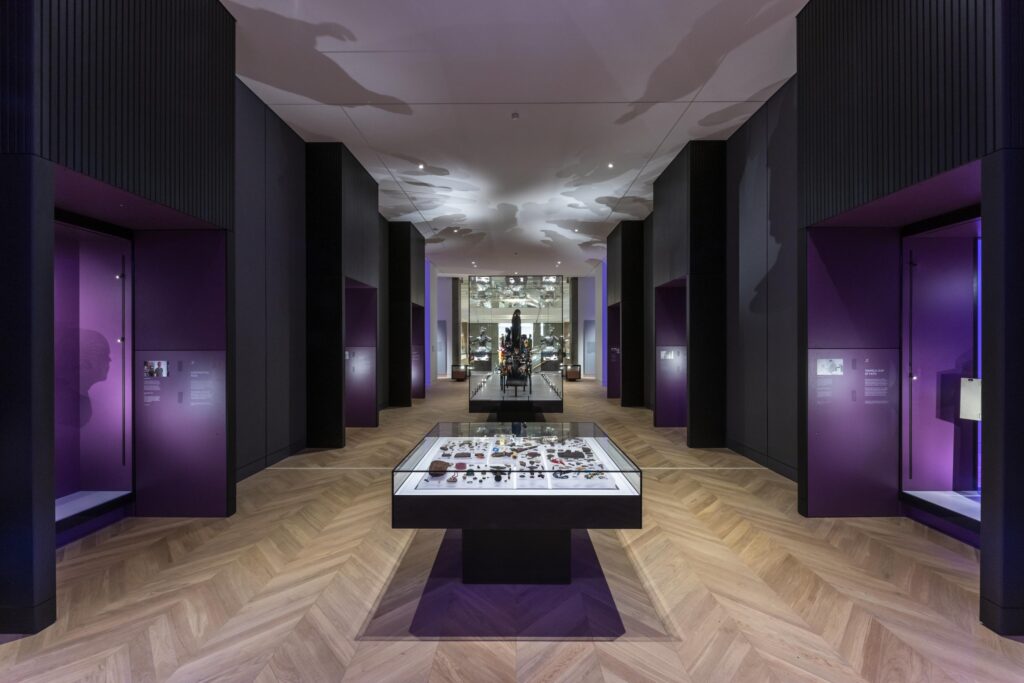
The piece has been created as a three-dimensional decentralized diagram. Painted black as if drawn directly in the space, it is a powder-coated mild steel structure, embellished with LEDs, polypropylene propellers and motors at the extremities. Over a set period of time, a number of different contagion scenarios will play out, animating the piece by rotating and lighting the propellers as the disease spreads throughout the structure.
‘If you blow on a propeller, it will start spinning and, in turn, create its own airflow. It’s this playful analogy that we use to tell the serious story of how disease spreads, which can be caused by as simple a thing as breathing air. We cannot see it, but it travels far and fast.’ – Studio Roso.
Bloom can be interpreted as representing the spread of disease from city to city caused by the speed and reach of modern transport networks from one hub to the next. But it can also represent the spread of disease from person to person, with each propeller representing a single individual and the entire artwork coming to life as each propeller is activated.
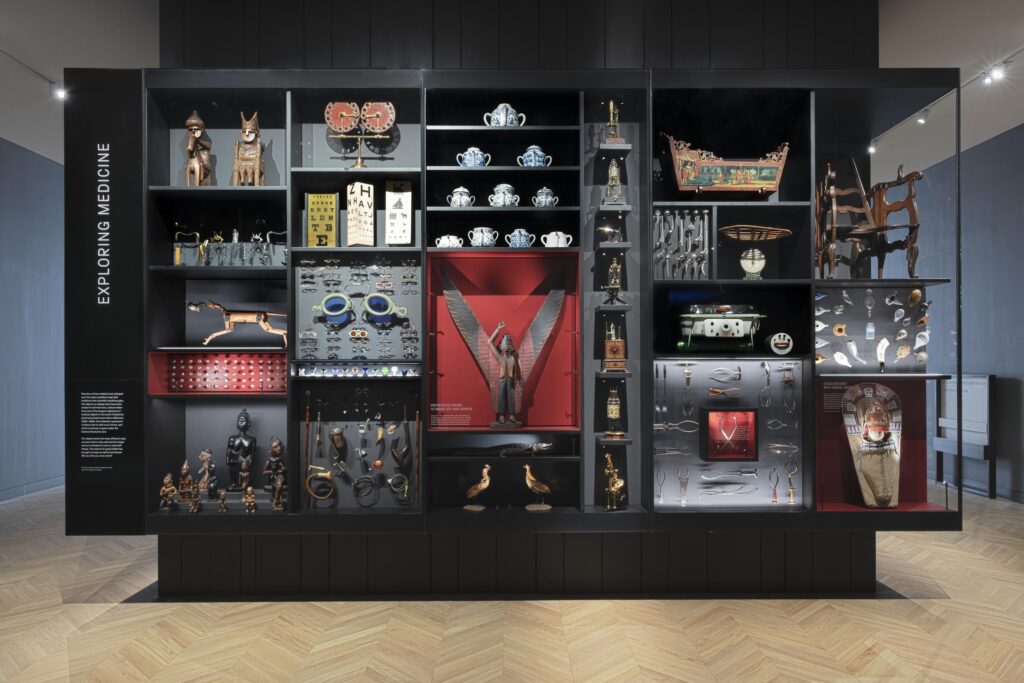
- Tell us more about the portraits by Siân Davey, Where did the idea come from about the portraits?
Within the Medicine and Bodies gallery visitors will encounter a series of portraits by award-winning photographer Siân Davey.
Following a 15-year career as a psychotherapist in private practice, Siân launched a career in photography in 2014. Her work draws on her experiences as a psychotherapist and mother with family and community as central themes to her work.
Many of the Medicine Galleries’ objects and topics present a medicalised perspective on bodies and health and in recognition of this the museum launched the When medicine defines what’s ‘normal’ project to explore within the galleries what it means to people when they and their bodies ‘fall outside the norm’. Individuals involved with the project worked with Siân to capture their experiences of medicine and her work provides a personal, human context to the medical innovations displayed in the galleries.
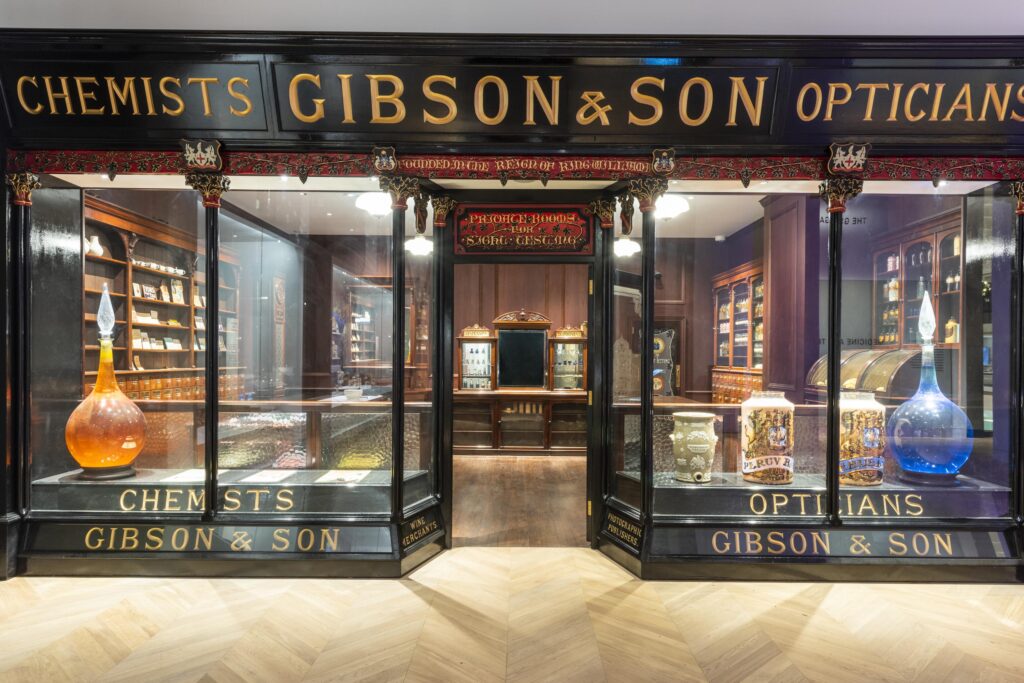
A range of participants feature, from Gifford who has mental health issues to Jamie who has a physical disability, Sharon who has ME, to Alice and Molly, mother and daughter, affected by Alice’s stroke.
The works explore medical definitions of what a supposedly ‘normal’ human body is and the ways identities are shaped by medical intervention. Through Siân’s portraits the galleries reflect a variety of personal perspectives that provide unique and surprising insights, helping to challenge stigma associated with difference and provoke reflection both about the collections displayed within the gallery and the practice of medicine.
Siân was also commissioned to capture portraits of patients and practitioners for the Medicine and Communities gallery. The gallery examines the medical challenges of living in an increasingly urbanised world, the impact of infectious diseases and how our behaviour can affect our health. In this gallery, Siân’s portraits illuminate the human side of treatment and illness, highlighting the universal impact of medicine in all our lives.
- Why were these specific art pieces chosen for the medicine galleries exhibition?
To celebrate the Science Museum’s Medicine: The Wellcome Galleries opening the museum commissioned a series of artworks for the galleries, which act as powerful visual interventions into the galleries’ themes and give visitors a different way to connect with the objects and stories on display.
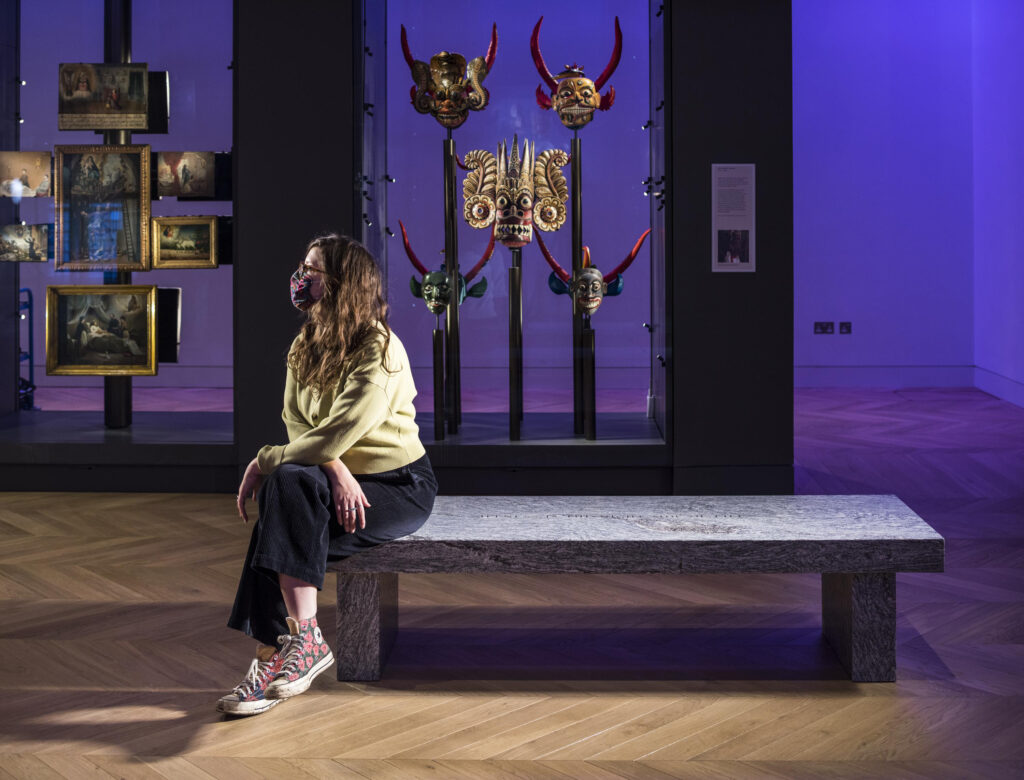
- How do you think the art pieces will impact people? What was the message behind the art works?
There are five commissioned artworks on display in the Medicine: The Wellcome Galleries, including artworks Self-Conscious Gene by Marc Quinn, Santa Medicina by Eleanor Crook, For Science by Jenny Holzer, Bloom by Studio Roso and a portrait series by Siân Davey.
Each artwork explores the frailty of the human body and the fragility of life in different ways, using different materials, with different perspectives to prompt visitors to examine the personal relationship they have with medicine and treatment, including its psychological impact. Our experience of medicine is deeply personal and yet universal too – the artworks help to explore both of those aspects.
